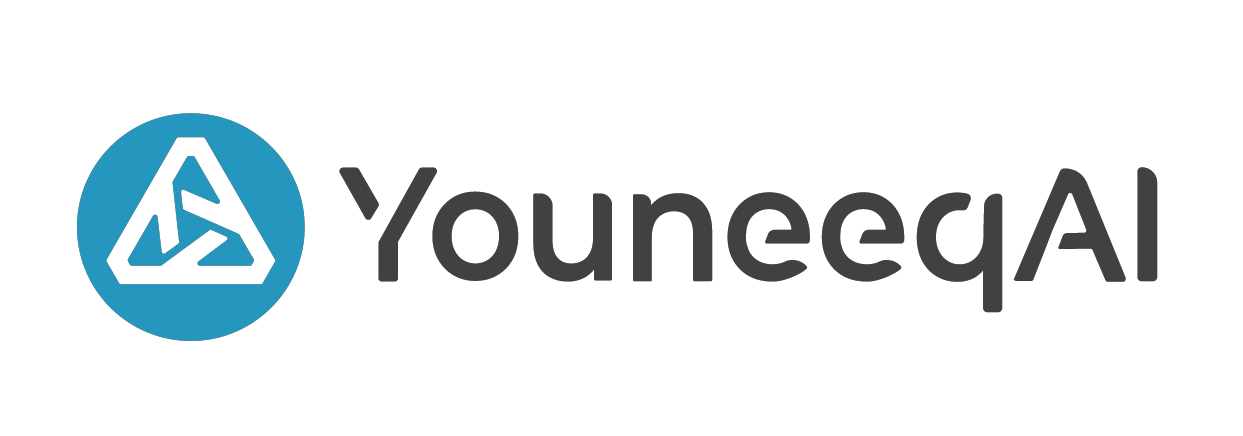Throughout history societies have understood the importance of sharing information. As data sharing became more complex, people started processing new and better ways to record and deliver communications more effectively. Oral traditions of information storage were supplemented and for the most part replaced by hand written languages recorded on tablets, papyrus and paper, which gave way to the mass production of written texts via the printing press (first real form of mass communication), which was then supplemented with other faster deliveries via the telegraph, radio and then TV. From a business perspective these advances not only brought a wider audience, they also brought more competition, and audiences became more democratized and sophisticated, choosing from a greater pool of information.
With the Internet we have a true amalgamation of print, radio and television all in one place. Will the Internet eventually replace the other three? Probably not anytime soon, if at all. With print, radio and TV, one has never supplanted the other — all three are still highly successful, dominant mediums for delivering content and advertising. Yet, when it comes to content and advertising, these technologies, for the most part, don’t have quite the same potential as the Internet since they tend to be regulated and presented to narrower audiences — regional or national markets.
The Internet reaches out on a wider scale, spreading across the globe, uniting countries and continents under one universal umbrella — the clichéd “global village.” For online publishers and advertisers, access to such a broad market presents a huge opportunity as well as a significant problem. There’s a much bigger audience to market to, but even greater competition to deal with. In the past search engine optimization (SEO) and the use of cookies would be considered the go-to method for trying to lure visitors and keep them coming back — but it’s a hit and miss solution requiring significant effort and upkeep to sustain. And with considerable competition coming on board it’s more important than ever to understand that these tactics alone will not work within your industry.
So about audience engagement on the Internet… the Internet audience is more worldly and choosey than ever when it comes to information consumption. Content sites tend to look the same to everyone that visits, with overloaded landing pages containing non targeted articles, summaries and links. There’s so much information on content laden sites that the typical visitor doesn’t have the time or patience to sort through it all to find relevant information. In fact, visitors spend an average of just under a minute on a web page before moving on or to another website entirely. For maximized return on investment, this doesn’t work.
For the Internet publisher, success it derived by having an audience that stays on the publisher’s site for longer periods of time, views what the publisher offers, and comes back for more. In order for this to happen it’s important to look at the audience and break it down into individuals, not general groups, not general demographics based on sex, age, cultures — actual individuals. This is why behavioral content targeting is so important, now and for the future. But it’s a daunting, seemingly impossible task under a team of technicians attempting to analyze and parse human behavior metrics.
Predictive analytics tools solve this problem for the online publisher. By using complex algorithms, a strong predictive analytics solution is automated, learns about each individual visitor’s interests, and evolves, delivering personalized content recommendations in real time. With such a system a visitor feels connected to a website since it becomes tailored to that visitor. Visitors stick around for much longer periods of time and come back for more. Youneeq is a such a system. Looking at our client data, we’ve seen significant time on site increases across the board, from within a minute for visitors that don’t engage with Youneeq recommendations, to four and six minutes or more for visitors that do. Not only is this creating greater ROI for clients through audience engagement, clients also have access to easy to read, comprehensive data about their visitors to maximize their web properties to their greatest potential.





